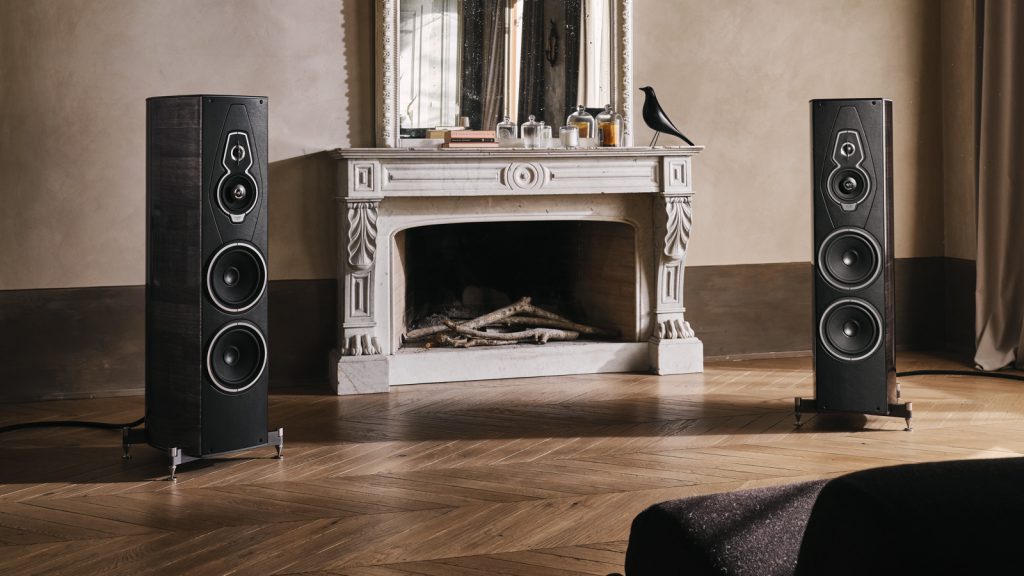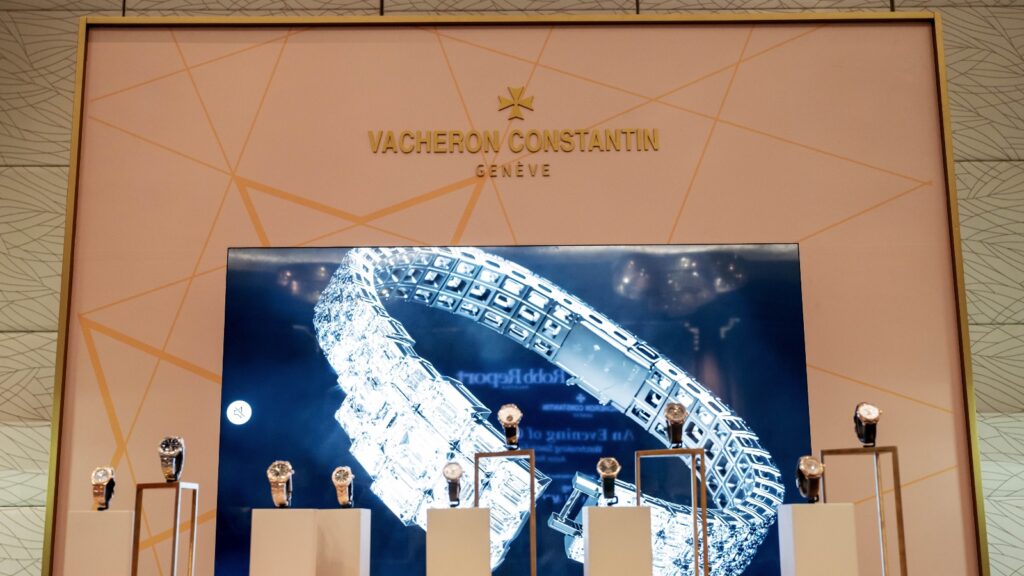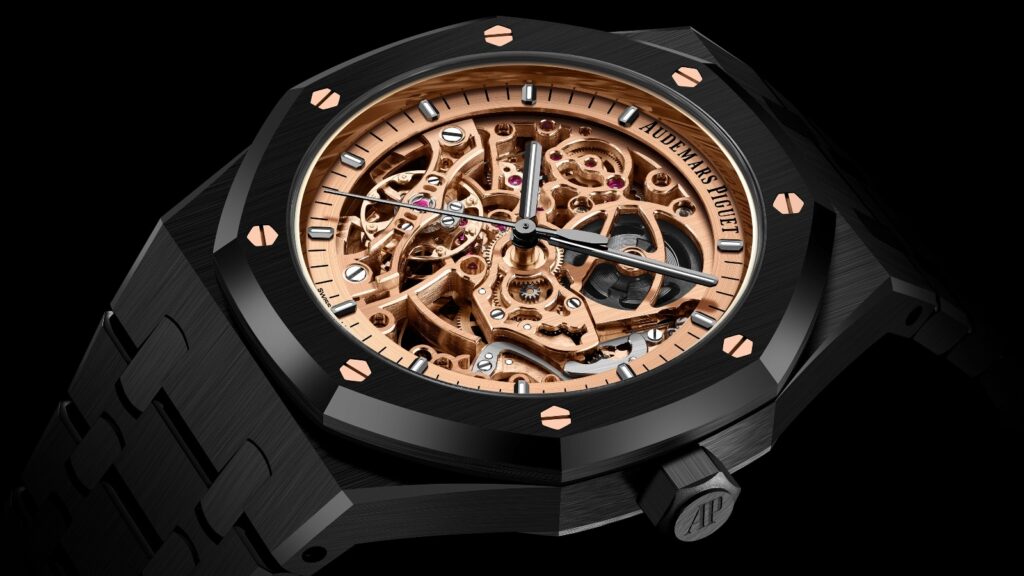The notion of ‘Italy’ is synonymous with high art. Less well-known is the peninsula’s tradition of science, inseparable from its art, for each contains an element of the other.
Exhibit A: Sonus Faber Extrema. When it popped in the early 90s, it was to the casual observer a fine example of the furniture maker’s art. But to the curious one, it was a transducer of extraordinary fidelity to the spirit of music, one accessed via original electroacoustic engineering and the use of natural materials. In the flesh, its visual drama was arresting. Deeper than it was tall, the proto Extrema remains a renaissance cannon that is sui generis. There was beauty in the beast; its voicing took one by surprise, being capable of great delicacy and nuance.
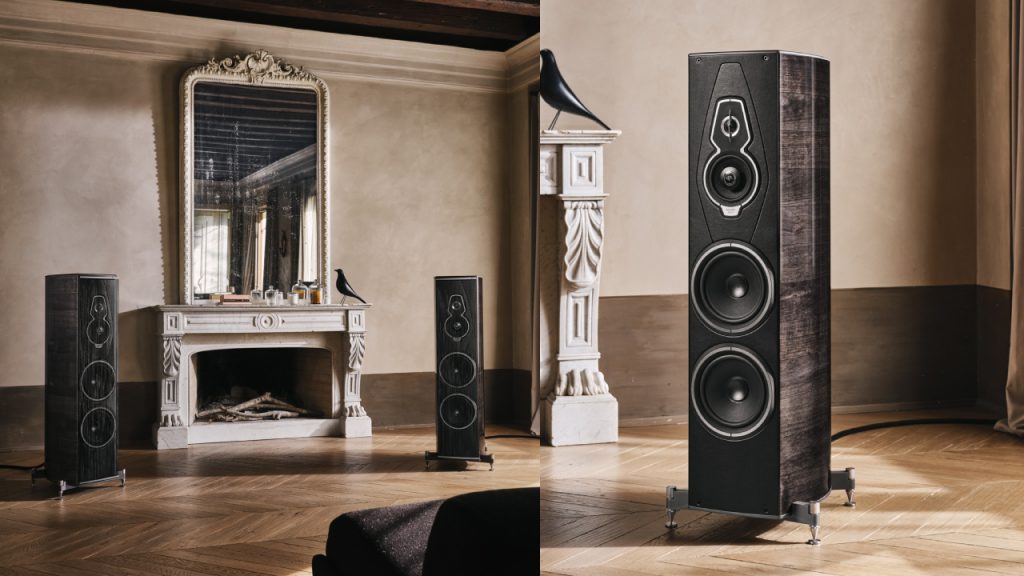
Like the later Guarneri Homage that looked and sounded as gorgeous as the instrument that inspired it, the Extrema was the product of individual genius. Founder and designer Franco Serblin’s hand-in-glove partnership with master carpenter Luciano de Santi was the basis for the realisation of a singular vision that emerged from a certain time and place.
In 2006, Serblin left Sonus Faber, which is now in the hands of the McIntosh Group. The infusion of capital has gone towards an expanded and rationalised product portfolio that has allowed Sonus faber (lower case) to suit the demands of existing and potential audiophiles in all four corners of the world.
Ever the seeker, Serblin passed away in 2013, the year after reappearing with two speakers he had been working on for years. His eponymous enterprise continues to make speakers to order. Thus the design of the last several generations of Sonus faber have been overseen by McIntosh Group Chief Design Officer Livio Cucuzza.
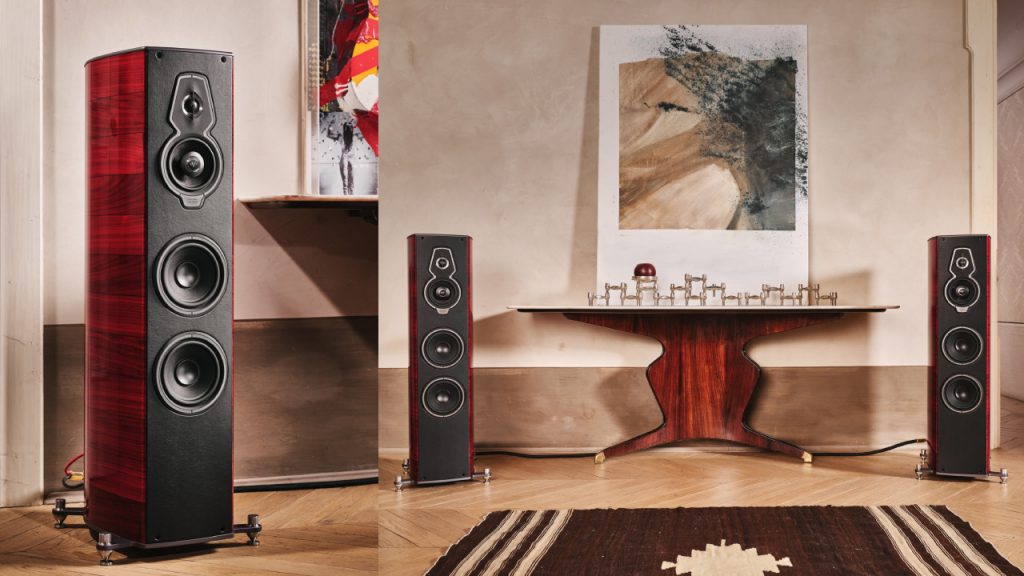
Robb Report briefly auditioned the new flagship Homage Amati G5, courtesy of distributors Perfect Hi-Fi. Like the Guarneri and Stradivari models, the Amati honours one of Cremona’s violin makers. It’s a highly developed 3.5-way speaker of rediscovered and new technologies such as the use of silk and paper for its extensively tuned speaker drivers, the lute-shaped cabinet made from selected real wood, with a full-length bass reflex slot. The Amati weighs 55 kg, stands 117mm high, and falls easily to the eye.
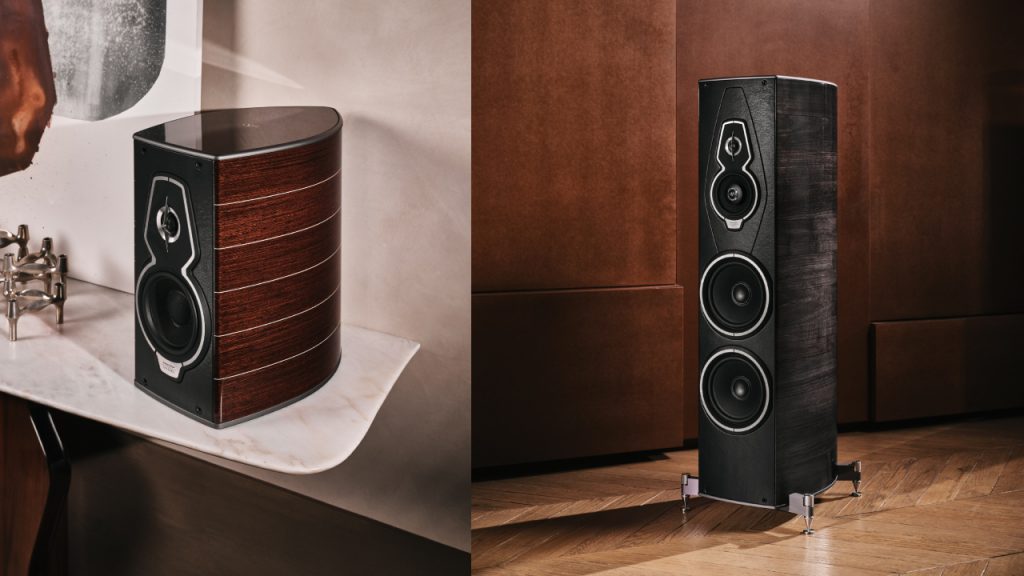
In Perfect Hi-fi’s large auditioning room, the Amati was driven by a pair of Audio Research 160M power amplifiers (in triode and ultralinear modes), Reference 6SE preamp and Aurander S15 dac-streamer. Cabling was all Nordost Valhalla and Odin, including power cords, apart from the amps’ own. The latter were connected to Nordost grounding and resonance control systems.
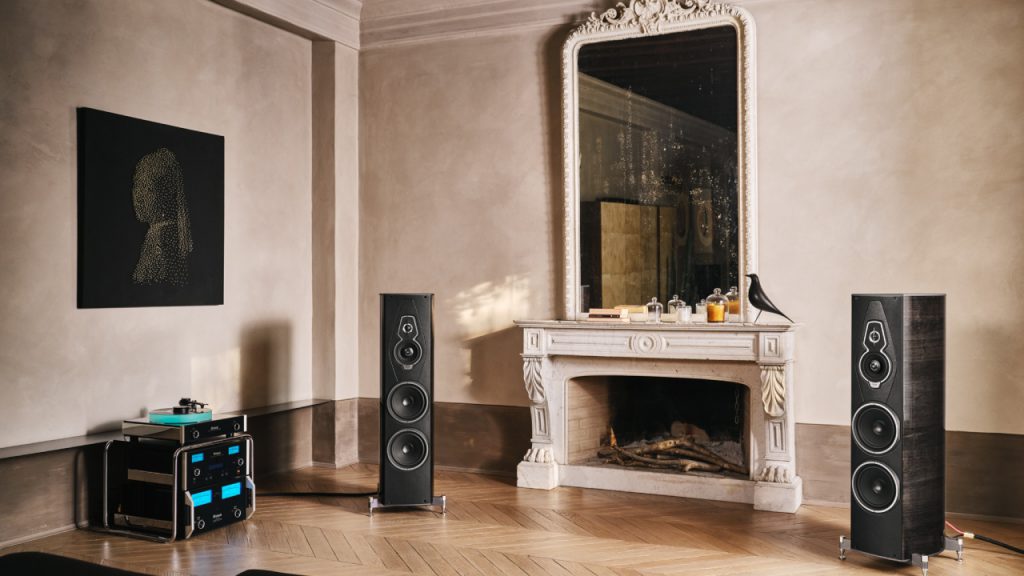
Essentially, one hears the sound of the entire system, including the room, but the largest influence on a system’s sound is arguably the speaker, and how it interacts with the room; and, not least, the speaker-amp combination that comprises a single electrical circuit. That said, the Amati’s character appears one of tremendous equanimity, transparency and dynamism, reproducing Rachmaninoff, Stevie Wonder and Jennifer Warnes with joy, rhythm and beat intact.
